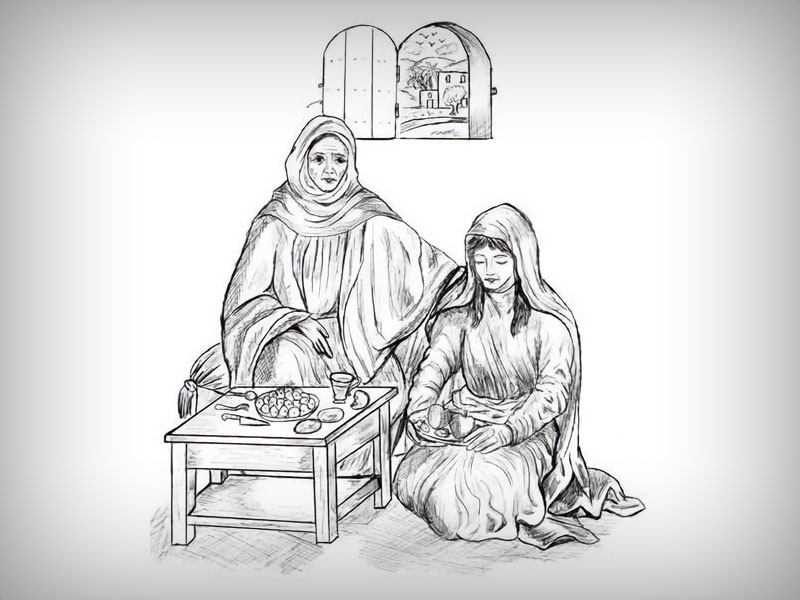The Portrayal of the Mother-In-Law in Our Culture
Issue 13

Ibrahim Mahmud (Syria)
Even if a stereotype of mother-in-laws has been formed over the generations in our culture, we should not judge a mother-in-law using this stereotype.

The ‘mother-in-law’, (the very title references this woman’s role as per the law), is portrayed as one dimensional in proverbs and clichés.
Mother-in-laws are always described from the viewpoints of their in-laws. Proverbs serve as records of the mother-in-law’s stereotype, demonstrating that the mother-in-law has been caricatured throughout history.

Our culture maligns the mother-in-law and fails to consider that she is a woman, a human who could be a loving mother and open to others.
The stereotype of the mother-in-law is based on her relationship with her in-laws, the illusion being that a man must accept it as inevitable that his mother will conflict with his wife.
In this conflict, gender acquires a symbolic social value that is reflected in family relations and in violence within the family.
The stereotype of the mother-in-law depicts a woman who tries to retain authority in her son’s household to ensure that she retains her rights and the acquisitions made prior to her son’s marriage, and who thus conflicts with the newcomer, her daughter-in-law.

This stereotype is a declaration of war against the mother-in-law as it denies all other facets of her being. The lack of understanding of different familial roles leads to familial strife until the husband, his mother and his wife become the victims of violence, and it is believed that the husband should make life worth living.
In our culture, the mother-in-law’s kinship to her son decides her position in the family; mother-in-laws are characterised by their conflicts with their daughters-in-law.


































































